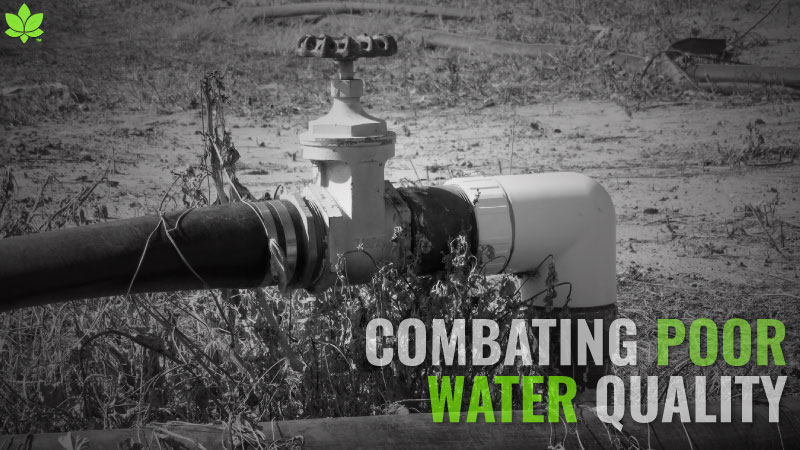Glyphosate-Resistant Crops: Another Double-Edged Sword?

Weed control, one of the most difficult problems facing producers, has been revolutionized by glyphosate-resistant varieties on an ever-growing list of crops. Often referred to as “Roundup Ready,” these varieties can be planted and simply sprayed with glyphosate for control of weeds. The weeds die and the resistant crop is unaffected when the treatment is applied. Current glyphosate-resistant crops include soy, corn, sorghum, canola, alfalfa, sugar beet, cotton, and another 20 or more additional crops and others under development.
The adoption of this technology in the U.S. occurred with blinding speed as soon as these varieties became available. As of 2010, 70% of the corn, 78% of the cotton, and 93% of the soybeans planted in the U.S. were herbicide-resistant. In Idaho, the percentage of the sugar beet crop planted to glyphosate-resistant seed went from virtually zero to more than 95% in a single year! Growers who use these varieties generally view them favorably, but it seems every new technology can be a proverbial double-edged sword. One of the worst negatives associated with glyphosate-resistance technology has turned up in an unexpected place: seed potatoes.
Impact Of Glyphosate Drift
Seed tubers, individual plants, or potato fields are being affected by some level of glyphosate drift that occurred the previous season while the seed crop was still in the field. The worst time to expose seed to glyphosate is while the crop is in the mid-bulking stage. When applied during this time, the herbicide will be translocated directly to the daughter tubers. If the exposure occurs late enough, there will be no foliar symptoms whatsoever. However, seed potato performance the following year can be severely impacted. Delayed or total lack of emergence, slow-growing, stunted plants, and foliar abnormalities are all symptoms that have been observed in glyphosate-damaged seed.
To make matters worse, even extremely low levels of this herbicide, rates of less than 1/16th of the labeled rate, have the potential to severely damage seed potatoes! One of the most serious difficulties concerning glyphosate drift on seed potatoes is that the seed producer is usually completely unaware that anything has gone wrong.
Use extreme caution when using glyphosate near any seed potato field, whether applying it to a glyphosate-resistant crop or just for general weed control. To those of you who are taking advantage of the benefits associated with planting a glyphosate-resistant crop, be a good neighbor. Make sure there are no seed potatoes in the area. If there are, take some extra precautions to be sure you don’t become the cause of some serious seed potato performance problems.
Residue levels in affected seed may or may not be detectable, but I recommend having a laboratory test performed if you suspect you have received glyphosate-damaged seed potatoes. As is my usual advice, read and follow all label recommendations when using glyphosate or any agrichemical.










